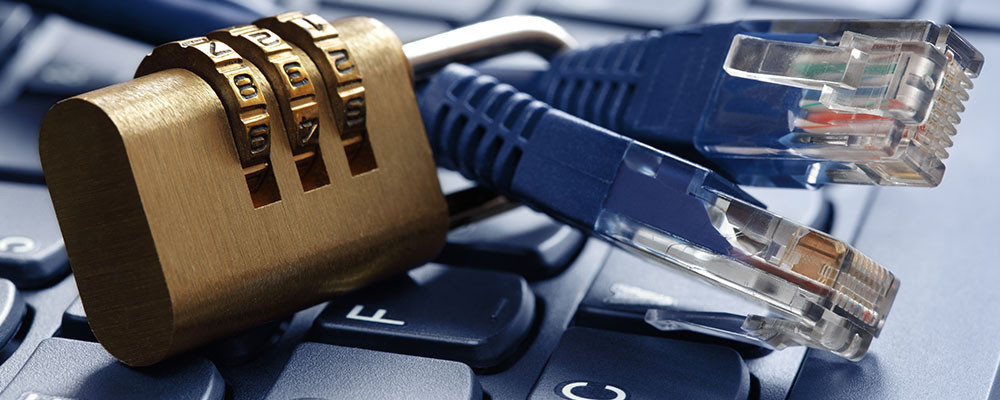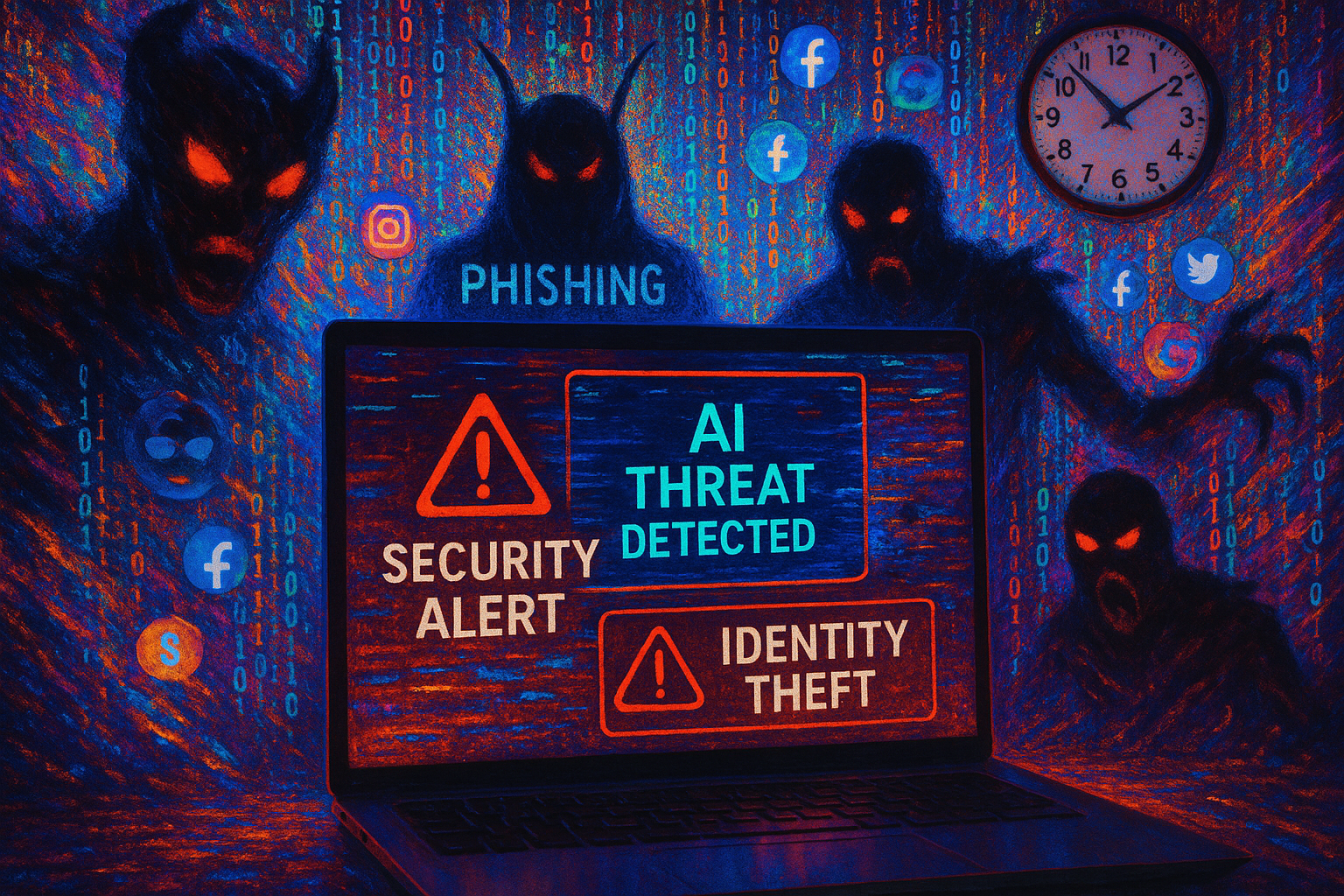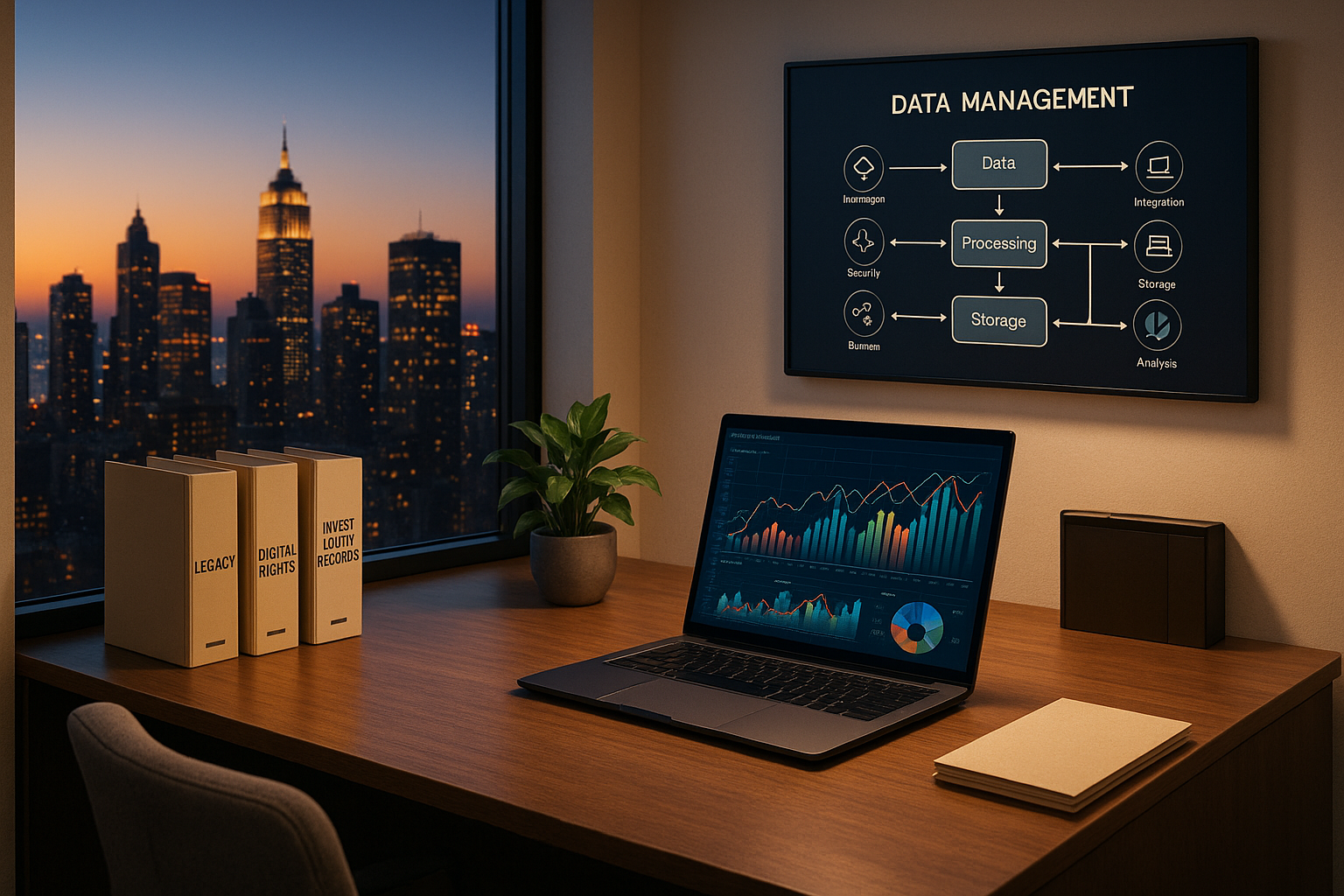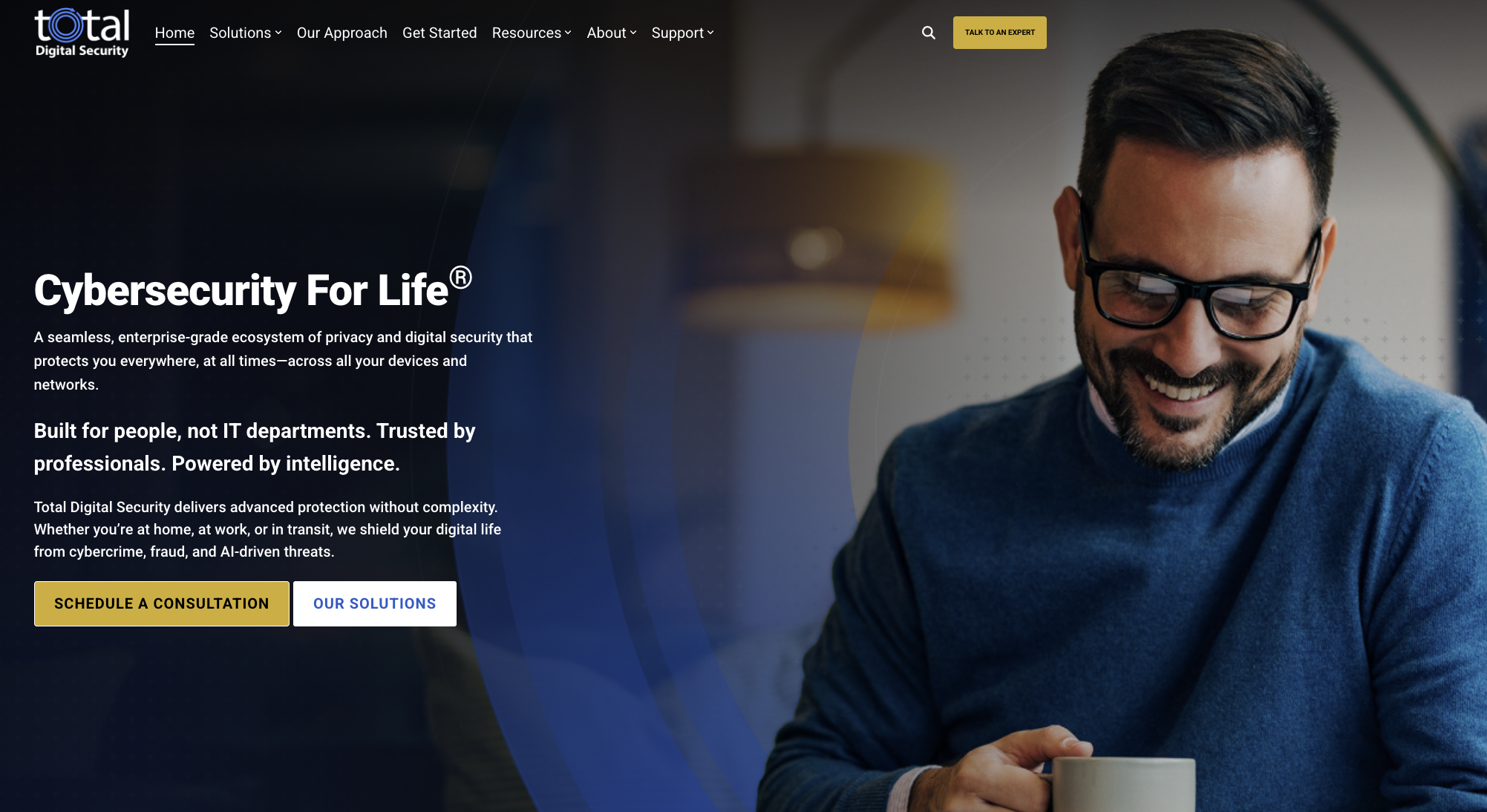9 min read
Stay Vigilant: Current AI and Cybersecurity Threats
Over the past decade writing these letters, I’ve made it my mission to help you navigate the digital age with confidence and resilience. If I have...
2 min read
 Brad Deflin
:
September 03, 2015
Brad Deflin
:
September 03, 2015


If you have read our report “Cyber Crime - the Once Distant Threat Now at Our Doorstep," you understand that technology is increasingly enveloping every aspect of our lives. Now, cyber risk touches the most personal and intimate areas of our lives, and there is hardly an element of traditional or physical risk that can be separated from privacy and information security. Eventually, every individual, family, professional, and business will recognize cyber risk as one of the most significant dangers they face in most everything they do, and that management and mitigation is essential and unavoidable.
Life in the Digital Age means that privacy now equates to security and ultimately to physical safety. With the informed realization that “you do not need to have something to hide, to have everything to lose," the adjustment to the new reality can begin.
The planning and positioning phase involves a process that is comprehensive in scope -- this route takes steps and requires time and engagement to adapt one’s thinking. Informed perspective and context are needed to frame the environment that includes an immediate future of massive change. Some understanding of the changes in terms of both an evolving threat landscape and the arena of technology and solutions is essential for sound strategy development and decision making.
There is no longer a line of demarcation between real and virtual, physical and digital, or personal and professional — cyber risk must be addressed as part of the overall fabric of everything we do. The threats are increasingly dynamic and sophisticated, but so are the innovative solutions being developed to address the market today. The goal of this phase is to assess and understand the challenges, effectively position the people and the environment to adapt easily and accommodate changes as they come, with minimal expense and requirement for user behavioral changes.
Our online and computing habits are increasingly mobile and operated on insecure devices on unmanaged and vulnerable networks. The establishment of an ecosystem of cybersecurity should address “The Four Fundamentals of Cyber Security," to position the various components to operate seamlessly and with automation as we engage in technology throughout our day.
Once a plan is developed, and decisions for solutions are made, the Implementation and Coaching phase can begin. It’s important to see this stage as a “process”, and not the “flick-of-a-switch." Some attention and engagement are required for optimal installation and user experience. A bedrock of higher awareness and the personalization of the necessary adaptation is a great benefit to a well-executed implementation. Technology will always include glitches, compatibility challenges, system conflicts and such, and users should be coached to expect bumps in the road and have ready resources to rectify the problems. Attention to the human element at this stage can prepare self-sufficiency and a higher level of thinking across the user-base.
One of our previous reports, “Managing Change in the Digital Age," addresses the wave of change concerning our relationship with technology, and the risk and opportunities it implies. The dramatic levels of connectivity and information exchange, even in our mainstream, everyday lives, must be matched with progress and innovation in defensive technologies. Fortunately, we can expect technology in the areas of privacy and information security to evolve substantially in the coming years and become BEFC (Better, Easier, Faster, and Cheaper). With perspective gained from proactively adopting defensive technologies and elevating awareness from a user-base, ongoing vigilance and optimization will come more naturally, and new solutions will become more quickly adopted into the operating environment.
Procrastination, in terms of recognizing the risks of living life in the Digital Age, and not taking measures for long-term management and mitigation, is a loser’s game. As we reported in “The Personalization of Cyber Risk," we are at the forefront of a mega-trend in cybercrime. It will be years before governments and other authorities get their arms around the profound changes and risks society now faces. It is time to take individual responsibility, exercise leadership for those you care about most, and leverage the impressive technology and innovation available today and in the future.

9 min read
Over the past decade writing these letters, I’ve made it my mission to help you navigate the digital age with confidence and resilience. If I have...

4 min read
For generations, family offices and ultra-high net worth families have mastered the art of estate planning — preserving wealth, ensuring succession,...

3 min read
Since 2013, Total Digital Security has been dedicated to a singular mission: providing cybersecurity for the world's most successful families and the...